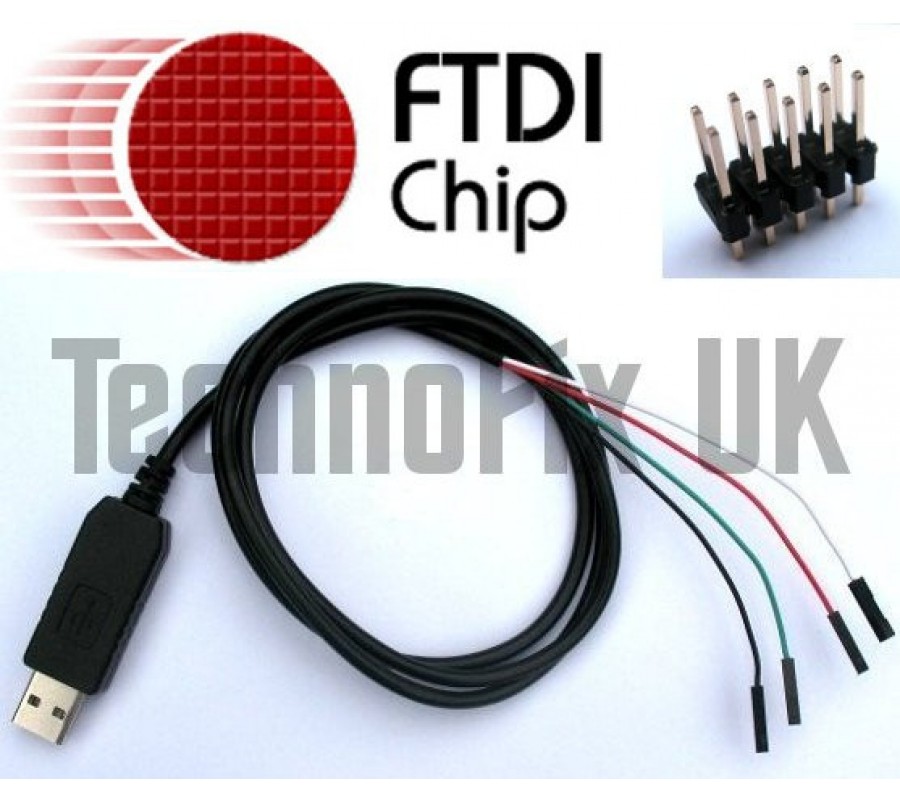Openwrt Usb Serial Ftdi

Dec 4, 2014 - Prolific PL2303 support: opkg install kmod-usb-serial-pl2303. Additionally, OpenWrt has packages for a slew of other USB serial adapters that.
Contents [] • • • • • • • • • • • • • • • • If you are involved in some domotic project, you must know. This fantastic USB 433.92MHz Transceiver enables your domotic server to talk to most of 433MHz device on the market. But it has a maximum range of 20-30 meters in a typical indoor configuration.  How to crack atn iptv receiver software. So, like your WiFi router, it should be placed in the middle of your home. As there is a big chance that your server won't be located in the middle of your home and as this device is USB connected, you are in trouble. An elegant and efficient option is to plug the RFXtrx433E to any network device properly located and to create a network bridge between this device and your domotic server. This network connected device could be a raspberry pi, but best would be to directly use any of your home WiFi device running.
How to crack atn iptv receiver software. So, like your WiFi router, it should be placed in the middle of your home. As there is a big chance that your server won't be located in the middle of your home and as this device is USB connected, you are in trouble. An elegant and efficient option is to plug the RFXtrx433E to any network device properly located and to create a network bridge between this device and your domotic server. This network connected device could be a raspberry pi, but best would be to directly use any of your home WiFi device running.
This guide explains how to use any WiFi device (router, access point or repeater) with a free USB plug as a bridge between your RFXtrx433E USB plug and your domotic server. The only pre requisite is to run on that device so that it runs a full Linux kernel. Hopefully, a lot of wifi device can be flashed with openwrt. This setup has been designed and tested on a TP-Link TL-WDR4900v1 router and a Debian 8 server. It has also been tested on a.
But it should be easily adapted to any other OpenWRT flashable device and a domotic server running any modern Linux distribution. 1. Basic principle The principle of this setup is quite simple. When a RFXtrx433E USB 433 MHz Transceiver is connected to a Linux box like an OpenWRT appliance (router, access point, ), it is seen as a serial device. So during connexion process, a local serial port /dev/tty is created on the appliance. To allow a remote domotic server to use this serial port, it must be tunneled thru your LAN with the help of ser2net on the client side and socat on the domotic server side.

With this setup, the domotic server is seeing distant RFXtrx433E as a local serial port, where whole serial trafic is carried by your LAN thanks to the OpenWRT box. 2. OpenWRT Appliance Setup Any OpenWRT device (router, access point, ) can be setup to act as a serial USB relay, as long as it has a free USB port. On an OpenWRT box, complete setup implies to follow few steps: • Replace original firmware with OpenWRT • Install all needed packages • Define time zone to properly synchronise with your domotic server • Install a hotplug USB device detection script.
This script will be in charge of starting the USB to LAN relay as soon as a RFXtrx433E has been detected on a USB port. • Force USB device detection during boot process.
This is needed because of a procd bug. Once all these steps have been followed, your Wifi device will natively act as a USB to LAN relay as soon as: • you boot it with a RFXtrx433 connected • you connect a RFXtrx433 to one of its USB port Everything will be handled automatically. 2.1. Flash OpenWRT As explained earlier, your appliance (router, wifi access point, repeater, ) should run OpenWRT to be able to relay a USB connected RFXtrx433E over the LAN. As it is not the purpose of this guide and as is very well documented for a, I won't explain this step. You just need to follow carefully OpenWRT guides. 2.2. Install packages To prepare your OpenWRT device to share a USB connected RFXtrx433E over the LAN, you need to install few basic packages: • usbutils (provides lsusb command) • kmod-usb-serial & kmod-usb-serial-ftdi (kernel drivers for USB serial devices) • ser2net (main tool to publish serial device over the LAN) • nano (text editor) • wget (to retrieve script from Github) All these packages can be installed with opkg OpenWRT package manager.